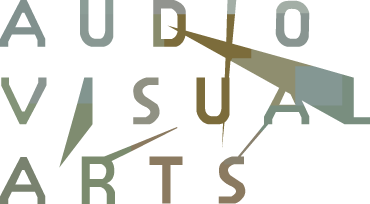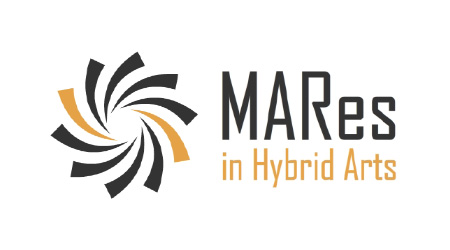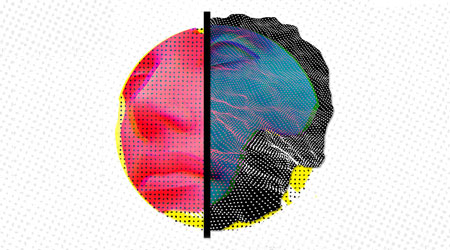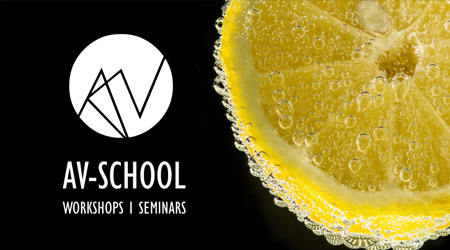Algorithmic Sound Structure and Composition
Teaching Staff: Zannos Ioannis
Course Code: AUD821
Course Category: Deepening Knowledge
Course Type: Elective
Course Level: Undergraduate
Course Language: Greek
Delivery method: Lectures
Semester: 8th
ECTS: 5
Teaching Units: 3
Teaching Hours: 3
E Class Page: https://opencourses.ionio.gr/courses/DAVA181/
Teaching Structure:
| Activity | Semester Workload |
|---|---|
| Lab Lectures | 39 |
| Literature Study and Analysis | 56 |
| Practice and Preparation | 30 |
| Course Total (ECTS: 5) | 125 |
Prerequisite to / Recommended to: (TEC999)
The basic subject of this course is the presentation of techniques for the automatic composition of musical structures that can be realised by computer programmes. A review of algorithmic systems from Kircher and Schillinger to Schoenberg and the serialists, such as Messiaen and Xenakis, and other post-war composers is presented. Algorithmic techniques, ranging from those used in common music sequencer software to special experimental techniques based on fractals, l-systems, stochastic and genetic algorithms and cellular automata are examined. Examples of implementations of such algorithms are given using state-of-the-art software applications. As a practical exercise, students will prepare a musical composition using techniques taught during the course.
The objective of the class is to introduce students to the history and current practice of algorithmic creation of musical structures on the one hand and the principles of digital sound synthesis on the other. Regarding sound synthesis, students learn principles and genres of digital synthesis so that they can design their own sounds using various types of software and to understand the relationship between synthesis algorithms and the types of sounds which they genenerate. Regarding algorithmic composition, the objective is to teach both existing techniques or principles of algorithmic composition and to familiarize students with programming principles so that they can develop new methods and techniques of composition.
- 1st Week
Overview of the history of algorithmic composition and sound synthesis techniques
- 2nd Week
Introduction to sound synthesis techniques. Families of sound synthesis algorithms.
- 3rd Week
Abstract algebraic techniques of sound synthesis - noise, randomness and chaos, addtitive synthesis, subtractive synthesis, filters.
- 4th Week
Dample based synthesis. Wavetable synthesis, Granular synthesis techniques.
- 5th Week
Physical Modeling
- 6th Week
Spectra modeling techniques
- 7th Week
The event as basic structural element in composition. Event musical parameters and their physical counterparts.
- 8th Week
Generation of event sequences. Patterns and Streams.
- 9th Week
Scales and tunings
- 10th Week
Randomness, aleatoric techniques and generative algorithms.
- 11th Week
Use of (non musical) data collections as sources for musical composition.
- 12th Week
Uses of genetic algorithms and neural networks in the generation of musical structures and in sound syntheis.
- 13th Week
Review. Presentation of student projects.
Dean, R.T and McLean, A. 2018. The Oxford Handbook of Algorithmic Music. Oxford University Press.
Farnell, A. 2010. Designing Sound. MIT Press.
Nierhaus, A. 2009. Algorithmic Composition. Springer.
Roads, C. 2001. Microsound. MIT Press.
Sigman, M. 2011. Steal This Sound. Keyboard Magazine.
Tolonen, T., Välimäki, V., and Karjalainen, M. 1998. Evaluation of Modern Sound Synthesis Methods. HUT.
Teaching is based on open-source software. Examples are distributed over the git source code management tool. Familiarity with the command line on UNIX OS is a prerequisite. Software environments of preference are SuperCollider, ChucK and TidalCycles. Python is used to support machine learning subjects. Recommended tools for taking notes and report writing are EMACS with Org-mode and export to PDF via LaTeX and BibTeX, or alternatively MarkDown and export to PDF via PanDoc.
Enhanced by multimedia content.
The learning process is supported by the asyncrhonous e-learning platform e-class.
For the final examination, students are required to submit a written paper of ca 2500 words, treating one of the following topics:
- One category of sound synthesis techniques chosen from those taught during the course. Emphasis is placed on examples developed by the student.
- One category of algorithmic composition techniques selected from those taught during the course. Emphasis is place on examples developed by the student.
- Presentation of an original composition created by using techniques taught during the course.
The paper must follow the guidelines for scientific writing published on the website of the Department. It must contain a list of references and follow the citation and reference standard Chicago15b, Author Date (https://web.library.uq.edu.au/files/26556/chicago15B-style-guide.pdf)
During the examination the student presents briefly their work and there is a short dialogue with the examiner. The student's contribution during classes in the form of questions or presentations is taken into account for the final evaluation.
Back



 Algorithmic Sound Structure and Composition
Algorithmic Sound Structure and Composition







